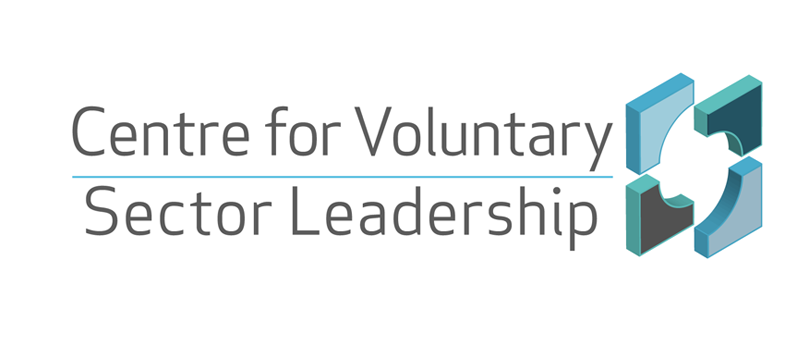2.2 Constructive debate
It is a cultural cliché to claim that the British are terribly polite and conflict-shy but there is some truth in this. This is a shame, as good, strong collaborative leadership needs, and in fact thrives, on constructive debate. Without conflict, important issues and concerns are not addressed and poorly conceptualised ideas and policies are allowed to continue.
Prominent Harvard academic Ronald Heifetz talks of good leadership generating ‘heat’ (Heifetz, 1994). By ‘heat’ he means turning the responsibility for a problem back on to the people who should be in a position to offer insight. People in formal positions of authority cannot possibly hold all the answers. One of the course authors recalls a previous line manager who would, without fail, towards the middle of a meeting, ask directly whoever had been silent for their opinions. This move had two consequences. The first is that everyone made sure they were paying attention. The second is that people felt valued. This particular manager was a caring person and had the trust of his employees and so had the authority and legitimacy to pursue such a tactic: this would be harder for a manager who did not enjoy such trust.

However, some people are more sensitive than others and it is not always politically possible for people to challenge or disagree with others within organisations. With this in mind, you might like to explore how you can make constructive conflict more acceptable within your organisation. You might invite others explicitly to confront you more on your ideas or work. You could instigate a role-playing system where it becomes possible for people in a meeting to play a ‘devil’s advocate’ role. Engaging in debate is of course important, but so is the more inquisitive process of asking questions, which will now be explored.
2.1 Critical reflection
